 Yes, somehow it’s been ten whole years since Tim, Brandon, and Mulele sat down together and recorded the first episode of Deconstructing Comics! Rather than get the gang back together again, this time we present eleven past DCP interviewees all answering the same question: “Name an important development you see happening in comics now, good or bad, and say why you think it’s important.” Tim gets answers to this question from Stephen Bissette, Shaenon Garrity, Dan Jurgens, Chris Bachalo, Natalie Nourigat, and many more! (see entire list below)
Yes, somehow it’s been ten whole years since Tim, Brandon, and Mulele sat down together and recorded the first episode of Deconstructing Comics! Rather than get the gang back together again, this time we present eleven past DCP interviewees all answering the same question: “Name an important development you see happening in comics now, good or bad, and say why you think it’s important.” Tim gets answers to this question from Stephen Bissette, Shaenon Garrity, Dan Jurgens, Chris Bachalo, Natalie Nourigat, and many more! (see entire list below)
Podcast: Play in new window | Download
Continue reading #476 Ten Years, Eleven Guests

 Artist Stephen Bissette is best-known for his work on Swamp Thing in the ’80s with Alan Moore and John Totleben, as well as 1963 and his solo project Tyrant. Currently he’s teaching at the Center for Cartoon Studies, and this week he joins Tim and Kumar for a wide-ranging discussion, including:
Artist Stephen Bissette is best-known for his work on Swamp Thing in the ’80s with Alan Moore and John Totleben, as well as 1963 and his solo project Tyrant. Currently he’s teaching at the Center for Cartoon Studies, and this week he joins Tim and Kumar for a wide-ranging discussion, including: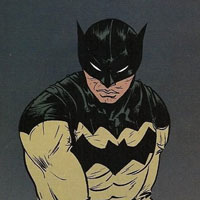 In a time without superheroes, Batman sightings are reported. But isn’t he an urban legend? Paul Pope brings his unique, inventive style to the Batman of 2039 in Batman Year 100. While new characters stand in for Robin and Oracle, is there a reason there’s no Alfred analogue? Why do Paul Pope characters have big lips? Tim and Brandon discuss this and more.
In a time without superheroes, Batman sightings are reported. But isn’t he an urban legend? Paul Pope brings his unique, inventive style to the Batman of 2039 in Batman Year 100. While new characters stand in for Robin and Oracle, is there a reason there’s no Alfred analogue? Why do Paul Pope characters have big lips? Tim and Brandon discuss this and more. From Batman 2039, we move to Batman 1966! When production of the Adam West Batman series was gearing up, Harlan Ellison (writer of the Star Trek episode “City on the Edge of Forever”, and much else of note) submitted a treatment for an episode featuring Two-Face. While the treatment was accepted, it never made it to the script stage. Finally, in 2014, DC released a comics adaptation of this story, Batman ’66: The Lost Episode, scripted by Len Wein and drawn by Jose Luis Garcia-Lopez (cover by Alex Ross). Does it feel like the show? Who might have played Two-Face? What does this book tell us about the differences between making a TV show and making a comic? Tim and Paul slide down the Batpoles for a closer look.
From Batman 2039, we move to Batman 1966! When production of the Adam West Batman series was gearing up, Harlan Ellison (writer of the Star Trek episode “City on the Edge of Forever”, and much else of note) submitted a treatment for an episode featuring Two-Face. While the treatment was accepted, it never made it to the script stage. Finally, in 2014, DC released a comics adaptation of this story, Batman ’66: The Lost Episode, scripted by Len Wein and drawn by Jose Luis Garcia-Lopez (cover by Alex Ross). Does it feel like the show? Who might have played Two-Face? What does this book tell us about the differences between making a TV show and making a comic? Tim and Paul slide down the Batpoles for a closer look.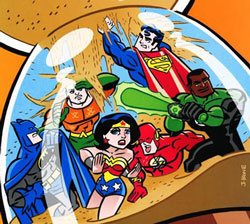

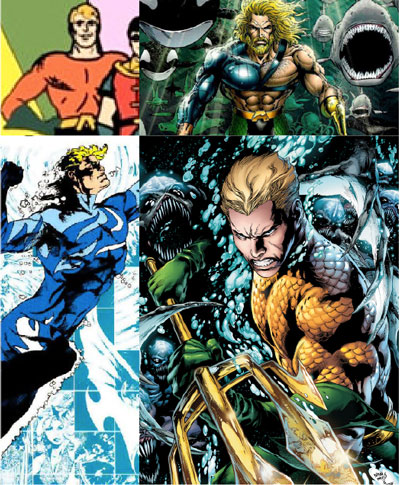
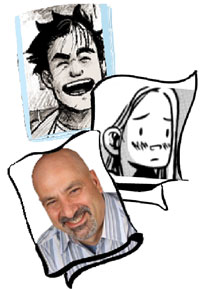
 Tim Across America, part nine! When it comes to Big Two comics these days, there’s a lot to complain about. Marvel characters changed to look like the actors who play them in movies; nearly the entire DC line subsumed into a grim-and-gritty muck. And yet… we still like some of these books! Superior Spider-man, anyone?
Tim Across America, part nine! When it comes to Big Two comics these days, there’s a lot to complain about. Marvel characters changed to look like the actors who play them in movies; nearly the entire DC line subsumed into a grim-and-gritty muck. And yet… we still like some of these books! Superior Spider-man, anyone?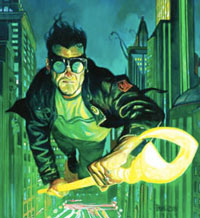 The 1990s DC series Starman is one of comicdom’s most fondly remembered series. Interestingly, says series author James Robinson, it seems to be more popular now than it was when it was actually in production! James joins Tim and Ryan Haupt this week to look back on various aspects of this iconic series, including the theme of “legacy”, a sneaky crossover with another series, a story arc that never happened, the differences in how the Big Two have dealt with their Golden Age characters, and much more.
The 1990s DC series Starman is one of comicdom’s most fondly remembered series. Interestingly, says series author James Robinson, it seems to be more popular now than it was when it was actually in production! James joins Tim and Ryan Haupt this week to look back on various aspects of this iconic series, including the theme of “legacy”, a sneaky crossover with another series, a story arc that never happened, the differences in how the Big Two have dealt with their Golden Age characters, and much more. As it’s widely regarded as one of the best comic book series of all time, Dana and Kumar try their best to rekindle their love for Neil Gaiman’s SANDMAN nearly twenty years after its conclusion, only to find the plotting leaden, the art inconsistent, and the world-building frustrating. Has time stripped the series of its lustre, or are these two jerks just too old for it?
As it’s widely regarded as one of the best comic book series of all time, Dana and Kumar try their best to rekindle their love for Neil Gaiman’s SANDMAN nearly twenty years after its conclusion, only to find the plotting leaden, the art inconsistent, and the world-building frustrating. Has time stripped the series of its lustre, or are these two jerks just too old for it?